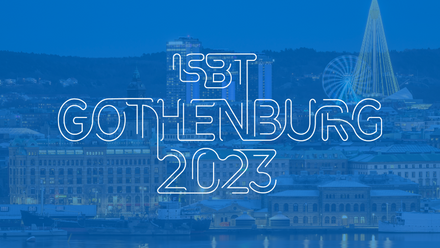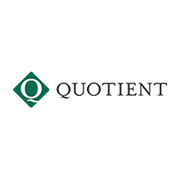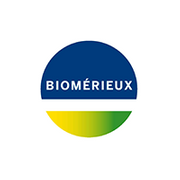The Finding Rare - well done! session included the following presentations:
1. Gwen Clarke: Managing Rare Blood: A sustained challenge around the globe!
2. Tanya Powley: Rare Blood Donor Programs: ISBT working party survey
3. Margaret A. Keller: The American Rare Donor Program’s Support of Patients with Sickle Cell Disease
MODERATORS: Vered Yahalom, Linda Bodecker Zingmark
After the presentation, there was a questions and answers session, which is also included in the recording.
Abstract
Managing rare blood: A sustained challenge around the globe
G Clarke1,2
1Laboratory Medicine and Pathology, University of Alberta, Edmonton, 2Laboratory Medicine, Island Health, Victoria, Canada
Finding rare blood for patients in need is challenge that requires the efforts of many, including the attending clinician, the transfusion service, the blood supplier and the donor community, all around the world.
The first challenge is in recognizing the need for rare phenotype red blood cell units. This requires immunohematology skills and resources to recognise the presence of antibodies to high prevalence antigens, as well as the ability to phenotype and or genotype red cell antigens and their genes. These resources include laboratorians with the training, skills and experience to identify antibodies as well as the laboratory tools and techniques to facilitate these investigations. Many transfusion services initiate investigations for antibody identification and refer to national or international reference laboratories once the need for specialised tools or techniques is recognised.
The tools and expertise needed for identifying patient antibodies are mirrored on the donor testing side. The laboratory services of the blood operator must be able to screen donors effectively to identify those with rare phenotypes. These donors may be recognised through mass screening for antigens or, increasingly, blood group antigen genes; or they may be recognised due to antibodies seen in the donor. Once identified it is imperative that the blood supplier have a process to find these specific donors when a patient in need presents for transfusion. Both the internal search capabilities and the strategies for recruitment and retention of rare donors are critical to the effective supply of rare red cell units.
For some blood suppliers maintenance of a frozen inventory of rare red cell units is part of the strategy utilised to ensure timely availability of rare blood. The ongoing management of a rare frozen bank is an additional challenging task. Over the decades that rare units may remain in inventory both donor selection criteria and donor testing methods may change leading to a requirement for periodic review of frozen red cells for transfusion safety and suitability.
Once donors and patients are identified as individuals with rare phenotypes, notification and education related to the specific rare type are important. The specific phenotype may have bearing on patient health and the availability of blood for transfusion. In addition, awareness of the nature and need for rare phenotype red blood cells will often encourage donors and their family members to regularly donate and to respond to recruitment initiatives.
The need for rare phenotype red cells may arise anywhere in the world. Some phenotypes are more readily available in some regions than others, necessitating a process for international collaboration and exchange in order to ensure that those with rare phenotypes may have access to red cells that may not be available in their own region. This type of international collaboration is bolstered by institutions such as the ISBT Rare Blood Working Party and the International Rare Donor Panel which support the supply of rare blood everywhere.

















